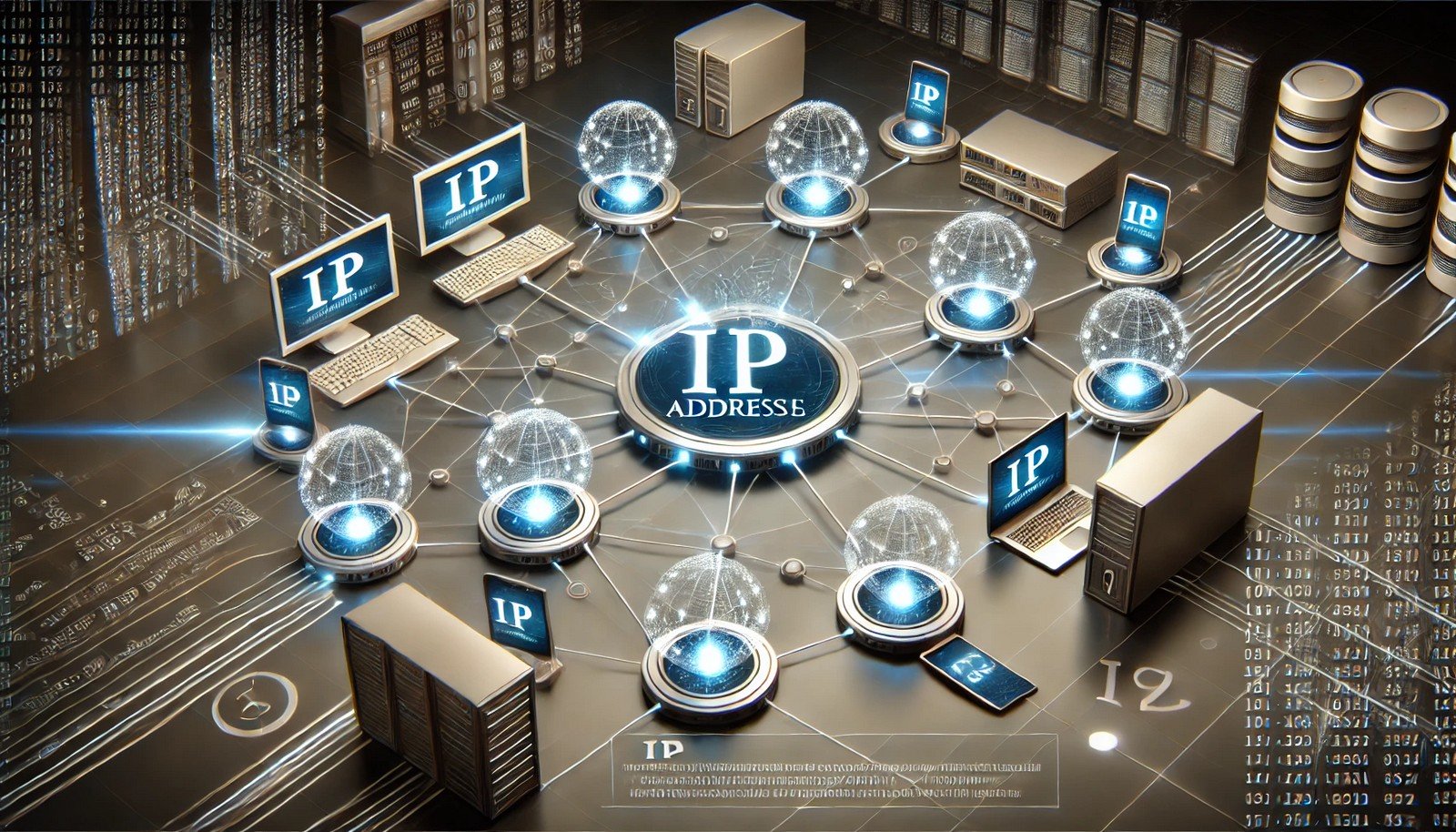IP Addressing
 (Representational Image | Source: Dall-E)
(Representational Image | Source: Dall-E)
Quick Navigation:
- IP Addressing Definition
- IP Addressing Explained Easy
- IP Addressing Origin
- IP Addressing Etymology
- IP Addressing Usage Trends
- IP Addressing Usage
- IP Addressing Examples in Context
- IP Addressing FAQ
- IP Addressing Related Words
IP Addressing Definition
IP addressing is a system that assigns unique numerical labels to devices on a network, enabling communication over the internet or local networks. These addresses follow specific protocols such as IPv4 (32-bit) and IPv6 (128-bit). IP addresses serve two main functions: host identification and location addressing.
IP Addressing Explained Easy
Think of an IP address like a home address. If you want to send a letter to a friend, you need their address so the mail carrier knows where to go. The internet works the same way—every computer and phone has a unique IP address so they can send and receive information.
IP Addressing Origin
IP addressing originated in the early days of the internet, during the development of ARPANET in the 1960s. The first version of the Internet Protocol, IPv4, was standardized in 1981 under RFC 791.
IP Addressing Etymology
The term “IP” stands for “Internet Protocol.” The word “addressing” refers to the structured allocation of unique identifiers to networked devices.
IP Addressing Usage Trends
IP addressing has evolved with the growth of the internet, shifting from IPv4 to IPv6 due to address exhaustion. Today, IPv6 adoption is rising, especially with IoT devices, cloud computing, and mobile networks.
IP Addressing Usage
- Formal/Technical Tagging: Networking, Internet Protocol, Network Security
- Typical Collocations:
- "dynamic IP addressing"
- "private vs. public IP address"
- "IPv4 and IPv6 compatibility"
- "subnetting in IP addressing"
IP Addressing Examples in Context
- Your home WiFi assigns a local IP address to your devices, allowing them to communicate within the network.
- Websites and online services track users through public IP addresses for security and customization.
- Companies use IP whitelisting to restrict access to sensitive information only to specific IP ranges.
IP Addressing FAQ
- What is an IP address? IP address is a unique identifier assigned to devices on a network.
- What is the difference between IPv4 and IPv6? IPv4 uses a 32-bit format, while IPv6 uses 128-bit for more address space.
- Can an IP address be traced? Yes, but it only reveals general location, not personal identity.
- What is the purpose of dynamic and static IP addresses? Dynamic IPs change periodically, while static IPs remain fixed.
- How does a private IP differ from a public IP? Private IPs are for local networks, public IPs communicate over the internet.
- How do I find my IP address? Check websites like "WhatIsMyIP" or device network settings.
- Why do websites block IP addresses? To prevent spam, hacking, or regional access restrictions.
- What is subnetting? A method to divide networks into smaller, manageable sections.
- What happens when two devices have the same IP? An IP conflict occurs, preventing communication.
- Can I change my IP address? Yes, by resetting your router, using a VPN, or contacting your ISP.
IP Addressing Related Words
- Categories/Topics: Networking, Cybersecurity, Cloud Computing, Internet Infrastructure
Did you know? The first IP address was assigned in 1983 when the modern internet protocol became operational. Today, with IPv6, we can theoretically assign a unique IP address to every grain of sand on Earth!
PicDictionary.com is an online dictionary in pictures. If you have questions or suggestions, please reach out to us on WhatsApp or Twitter.Authors | Arjun Vishnu | @ArjunAndVishnu

I am Vishnu. I like AI, Linux, Single Board Computers, and Cloud Computing. I create the web & video content, and I also write for popular websites.
My younger brother, Arjun handles image & video editing. Together, we run a YouTube Channel that's focused on reviewing gadgets and explaining technology.



Comments powered by CComment